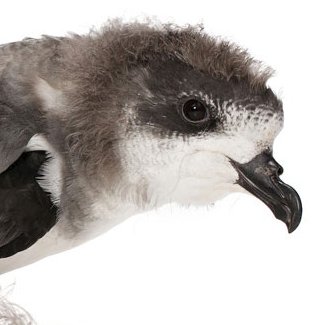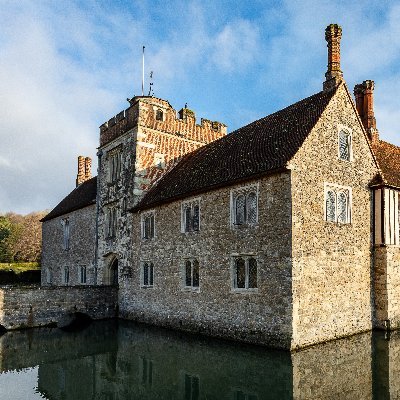
BermudaCahowCam
@BermudaCahowCam
Followers
2,785
Following
2
Media
4,692
Statuses
7,022
Explore trending content on Musk Viewer
Texas
• 187969 Tweets
Bivol
• 118761 Tweets
#precure
• 85981 Tweets
Oregon
• 59911 Tweets
#AEWWrestleDream
• 38164 Tweets
Penn State
• 37432 Tweets
Tennessee
• 34191 Tweets
#仮面ライダーガヴ
• 32947 Tweets
Dick Cheney
• 30612 Tweets
マンホール
• 26987 Tweets
#ブンブンジャー
• 24037 Tweets
Ohio State
• 23766 Tweets
NASCAR
• 22787 Tweets
Dennis Quaid
• 20376 Tweets
メエメエ
• 17325 Tweets
ジミンちゃん
• 16152 Tweets
まゆちゃん
• 13761 Tweets
いろはちゃん
• 13350 Tweets
Willow
• 11546 Tweets
ヴァレン
• 10434 Tweets
Ole Miss
• 10172 Tweets
Last Seen Profiles
Early morning break at 530 by the male—note the wet feet from his excursion and the gentleness as he nestles the egg underneath.
#CahowCam
4
17
124
There were only 18 pairs at the start of the recovery program, going up to 160+ pairs today. That sparked concerns about inbreeding. As the research from
@BioQuestNGO
by
@CariGenetics
shows, luckily that doesn't seem to be the case. The CahowCam1 female is also part of the study:
3
13
105
Watch as an endangered seabird lays her egg LIVE on the CahowCam! Just min ago this Bermuda Petrel laid her single egg w/her mate looking over. The female will return to the sea to refuel while the male takes the 1st incubation shift.
@Nonsuch_Bermuda
2
17
92












































































